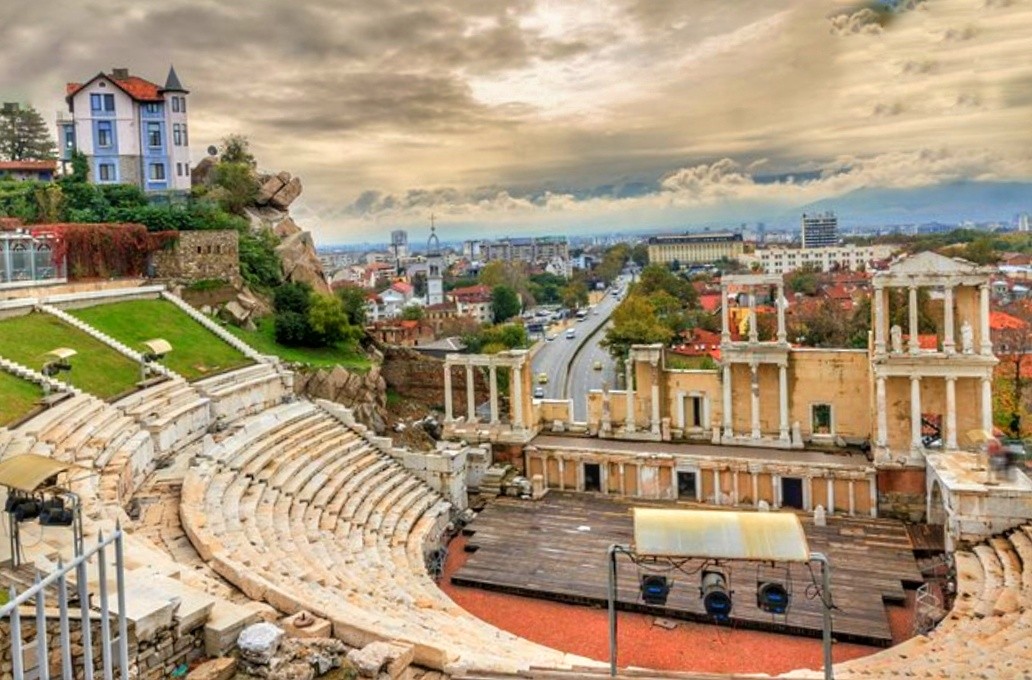
Plovdiv is the second largest city in Bulgaria, being a historical and cultural center whose importance is recognized worldwide.
One of the oldest cities in Europe, Plovdiv will conquer you through the diversity of its remains, intertwined so harmoniously with the modern buildings of today's city. Plovdiv boasts more than 200 archeological sites, of which 30 are of national importance. Historically, the city was known as Philippopolis, named after Philip II of Macedonia, the father of Alexander the Great, who conquered the city in the 15th century.
I visited this beautiful city at the invitation of the Bulgarian Ministry of Tourism, on the occasion of a circuit organized in August 2021.
I arrived in the city during the evening, on which occasion I became acquainted with the nightlife. The city pulsates with agitation, in the evening, the terraces are full, pedestrian as well. Among historical buildings, vestiges and elements of modern architecture here you will always find a restaurant or a cafe where you can spend lovely hours.
Even at night, I noticed the Ancient Stadium, built at the beginning of the century. II, during the Emperor Hadrian. With a length of 240m and seats arranged in 14 rows, it still has a large part of the white marble grandstands preserved.
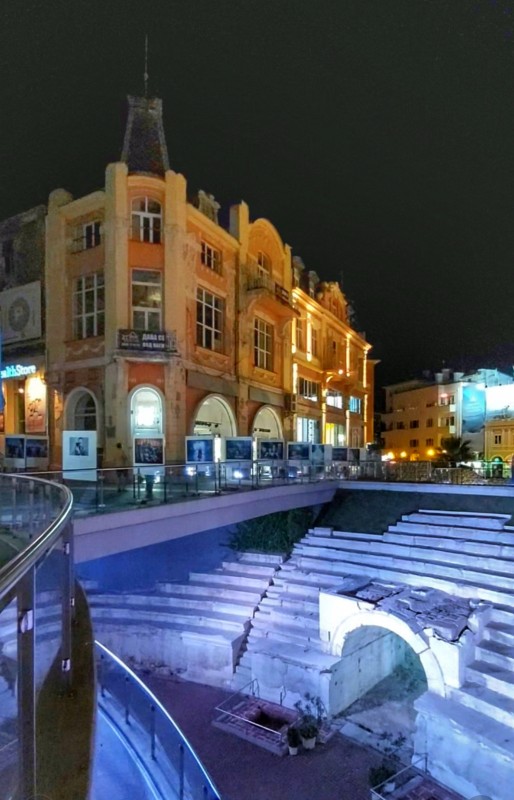
Although the clock struck midnight, I could not pass indifference to "crazy Milyo" the most photographed "citizen" of the city.
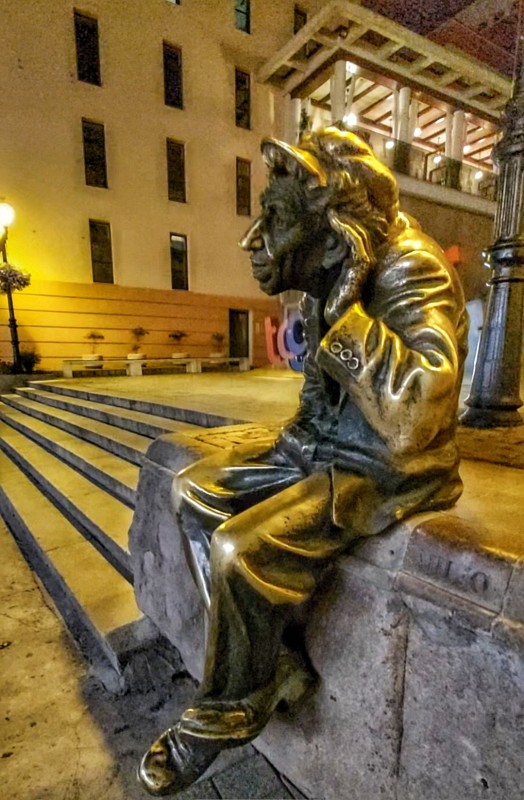
The next day I spent 2 hours visiting the old town with its streets full of history, and full of charm. I discovered real architectural treasures of the time, almost perfectly preserved buildings that take you back to another era.
Balabanov House is one of the main attractions of Old Plovdiv, its story starting. in the 19th century. The building was demolished in 1935 and rebuilt between 1976-1979. The house impresses both by its size, but also by its exterior design that intertwines details of the Renaissance period with the Ottoman specifics of the traditional houses on the shores of the Bosphorus.
The building regularly hosts events such as recitals, concerts or exhibitions.
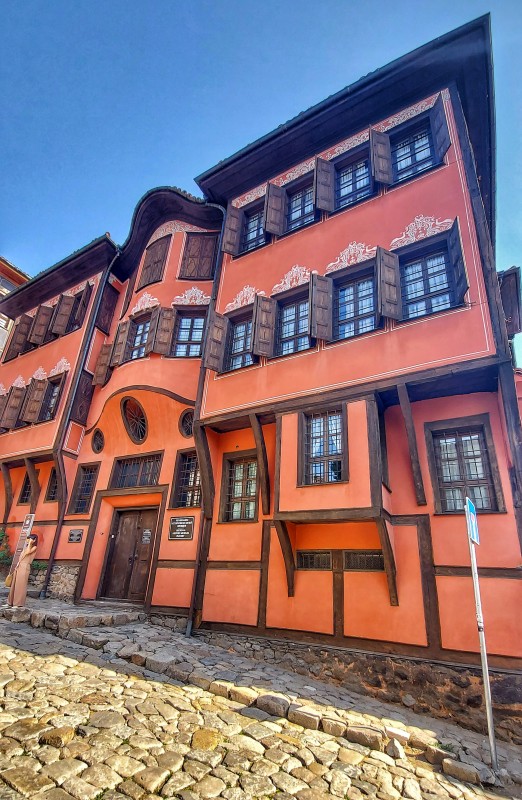
With a delicate brown nuance of the facade, the Old Pharmacy "Hippocrates", was transformed into a museum. The house of the doctor Sotir Antoniadi was between 1872 and 1947 one of the best equipped pharmacies in Plovdiv, and since 1981 it houses pharmaceutical collections, unique objects in Bulgaria, but also exhibits from the Renaissance period.
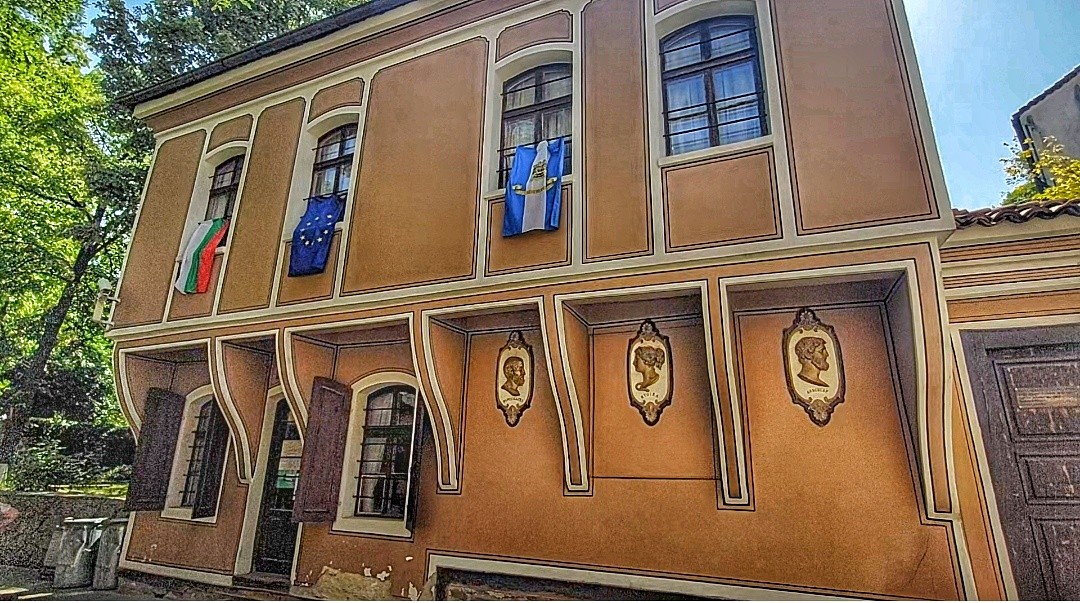
Kuyumdzioglu House, the largest building of the National Renaissance in Plovdiv, erected by master Hadji Georgi for the wealthy merchant Argir Koyumdjioglou in 1847 is also known as the King's House.
The building with beautiful traditional exterior decorations is now home to the Ethnographic Museum, which features a rich collection of traditional costumes, handicrafts, photographs and valuable paintings.
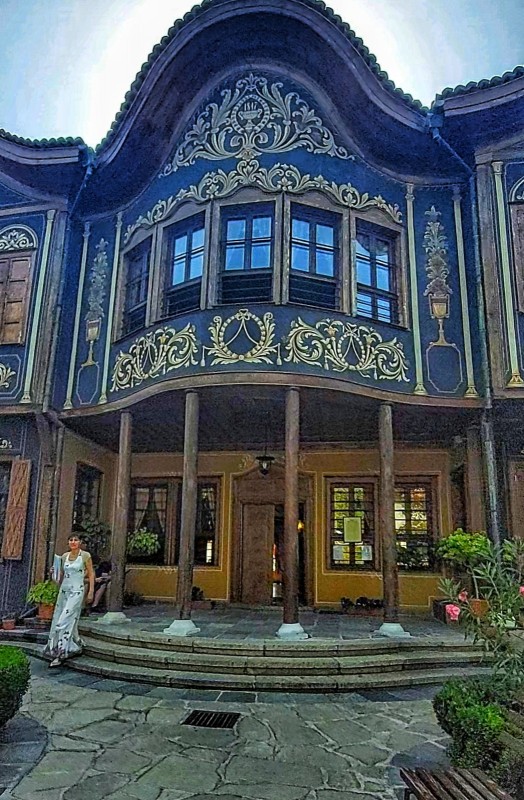
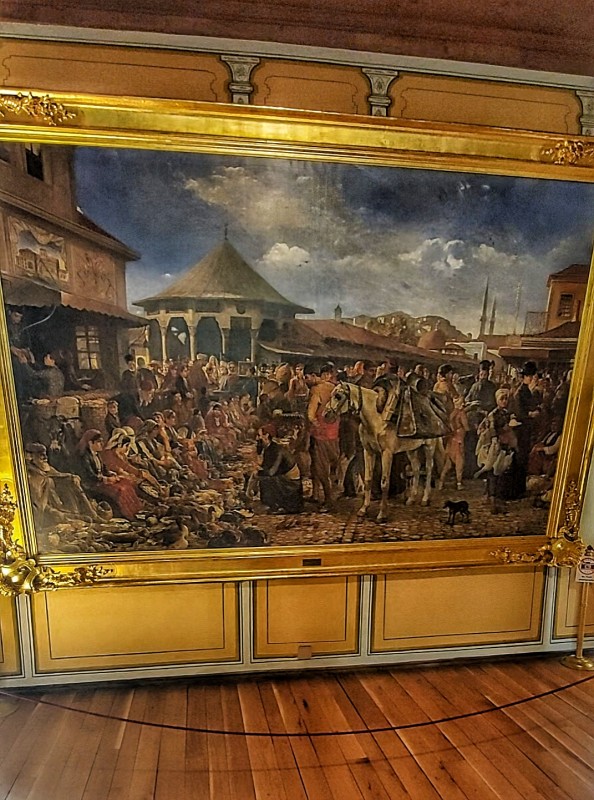
The church of Constantin and Elena is framed on the east side by the original wall that was part of the fortification of Philippopolis in the V-VI century, although the current church was built only in 1832. On this place, in the old church were preserved according to legend , the relics of the martyrs Severian and Memnos, who died for Christianity in the time of Diocletian.
*In the photo below, my colleague and friend, journalist Stefania Stancu
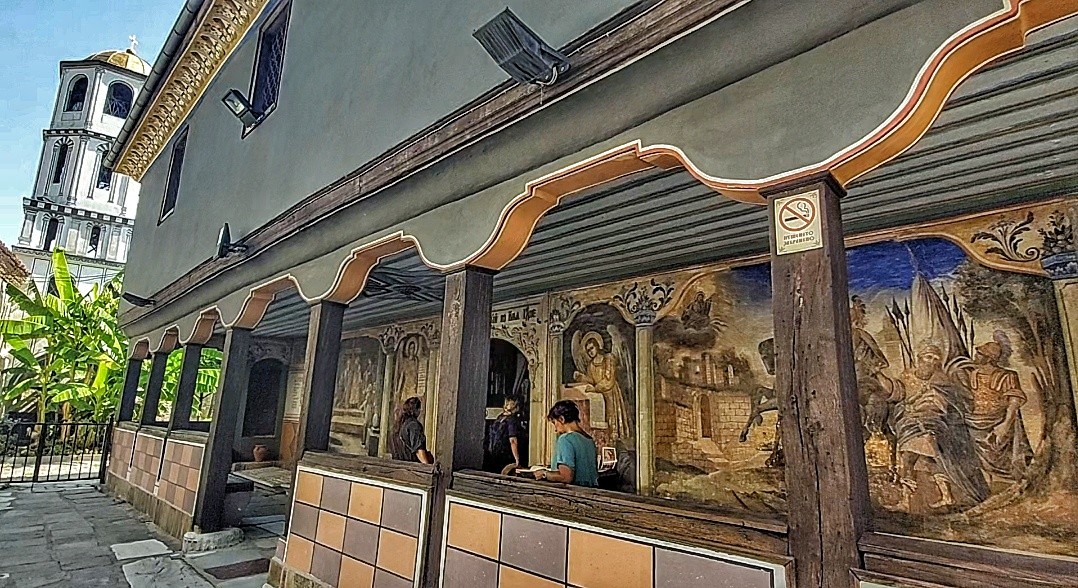
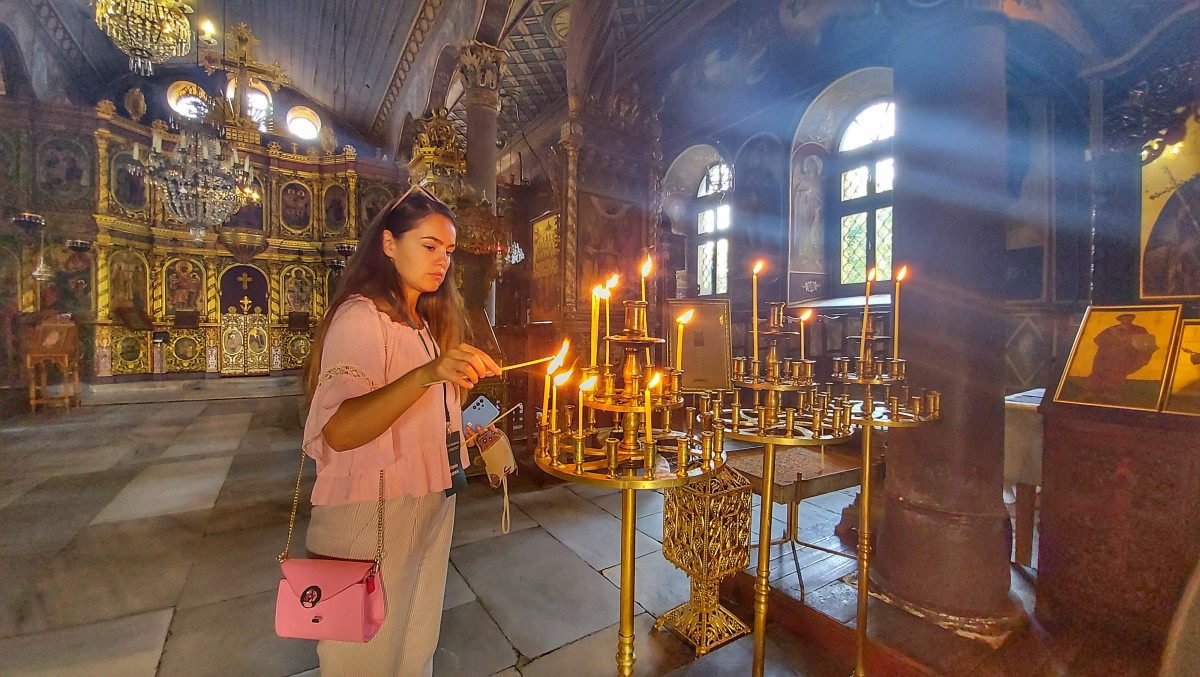
The building that houses the Permanent Exhibition of Zlatyu Boyadzhiev, one of the greatest Bulgarian painters of the 15th century, is also remarkable.
The imposing building was built in 1860 and belonged to Dr. Stoyan Chomakov, a prominent personality during the Bulgarian Renaissance in the 19th century.
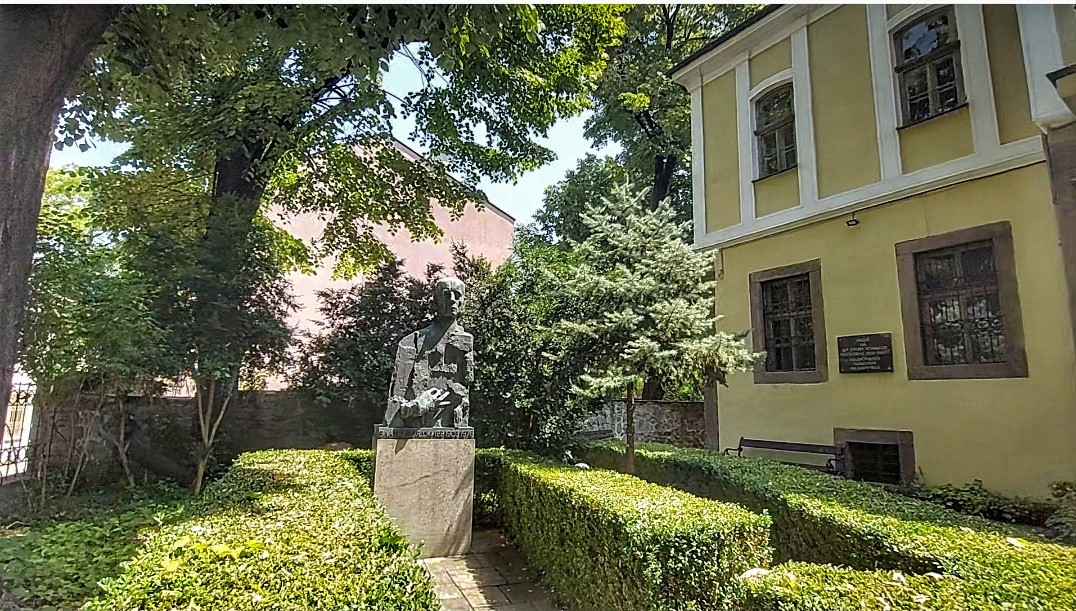
The most imposing attraction is certainly the Ancient Theater in Plovdiv, built around 90 after Hr, during the Domitian Emperor.
The theater, with a special acoustics, was used until the end of the century IVth and is one of the best preserved ancient theaters in the world. Its semi-circular shape, with a diameter of 82 meters, has made it suitable over time for various games and even gladiator fights.
Today, the ancient theater is connected to modern life, being used for shows and concerts with up to 3000 spectators. In the photos but also in the images in the video, I caught him after a concert, when his old and special architecture perfectly framed the modern musical equipment.
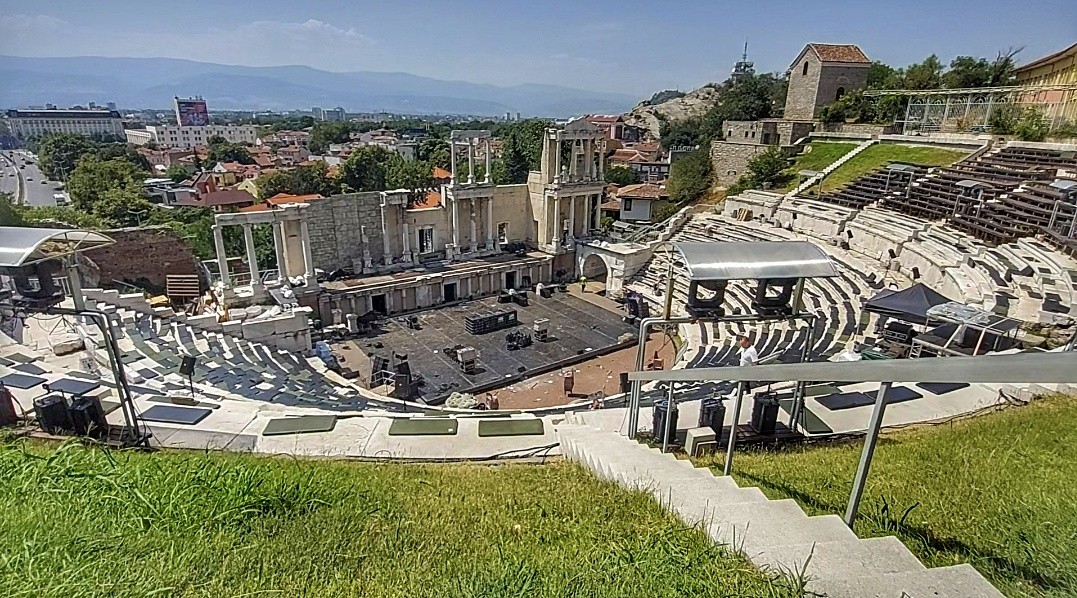
Plovdiv city is located 150 km southeast of the capital Sofia. It occupies the western part of the Upper Thracian plain, being spread over 6 hills and on the two banks of the river Maritsa.
I want to return to Plovdiv, the city that conquered me through history and modernism, on the occasion of the cultural events that take place here, so I leave open the chapter dedicated to this wonderful city in Bulgaria.
Images and photos taken in August 2021 on the occasion of the circuit that included the cultural heritage as well as the Bulgarian resorts, organized by the Bulgarian Ministry of Tourism.